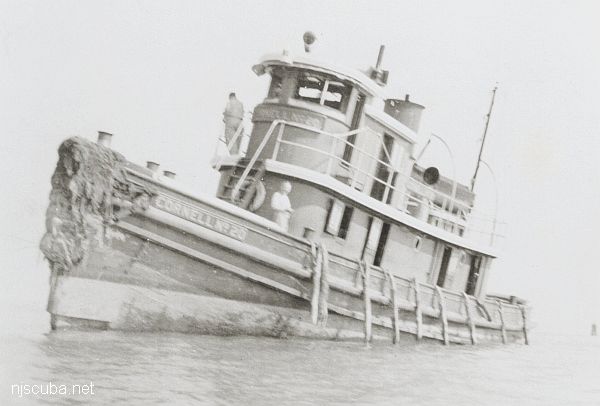In January 1999, four clam boats were lost in separate incidents in the span of less than three weeks. First, on January 6, the Beth Dee Bob sank in rough weather with all hands. Two days later, the Cape Fear sank under similar circumstances. On January 18, the Adriatic went down with all hands, one day after the Ellie B ran up on the rocks at Manasquan Inlet. In total, 10 lives were lost, sparking a major Coast Guard investigation into safety practices on commercial fishing vessels.
More: Lost At Sea ...









